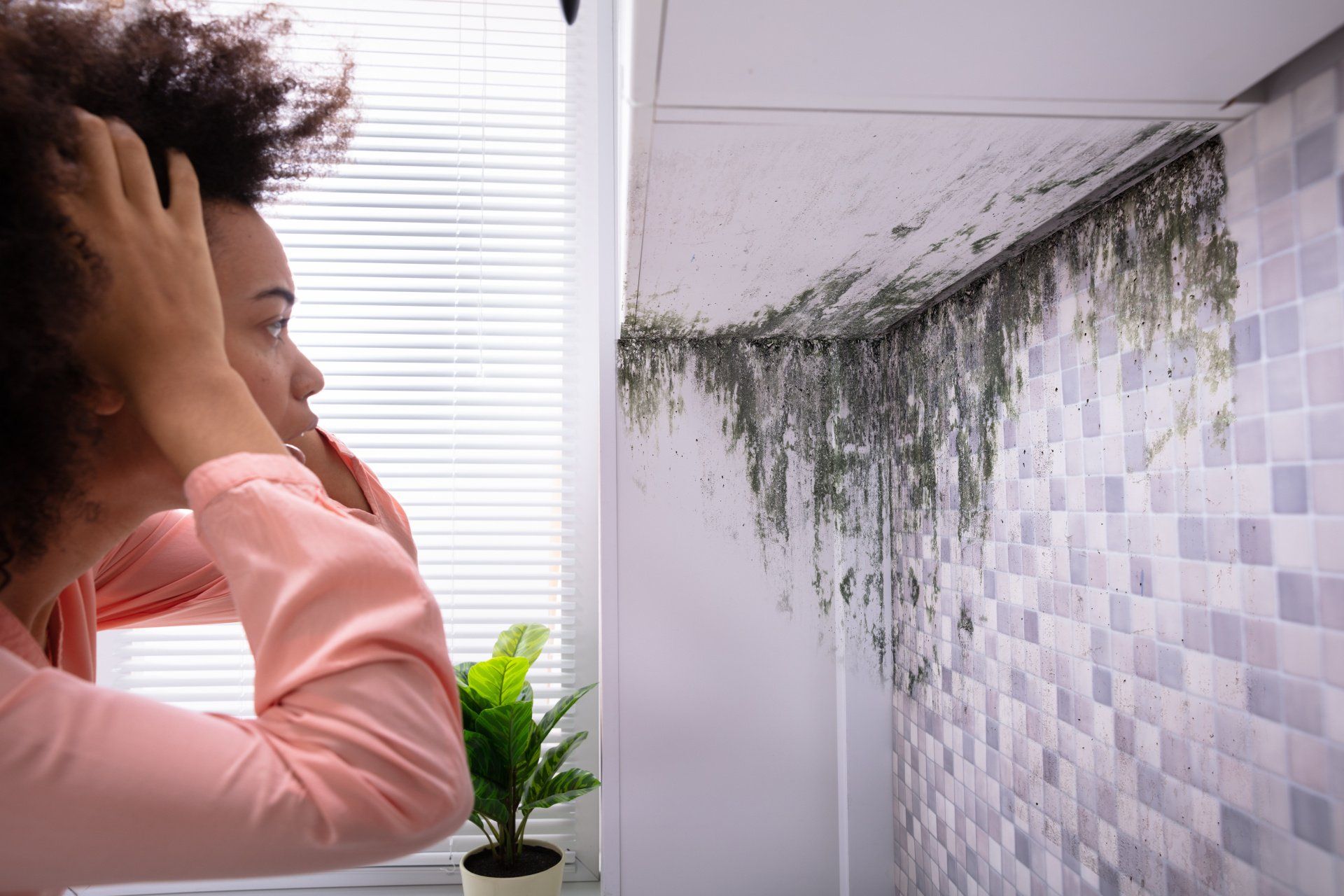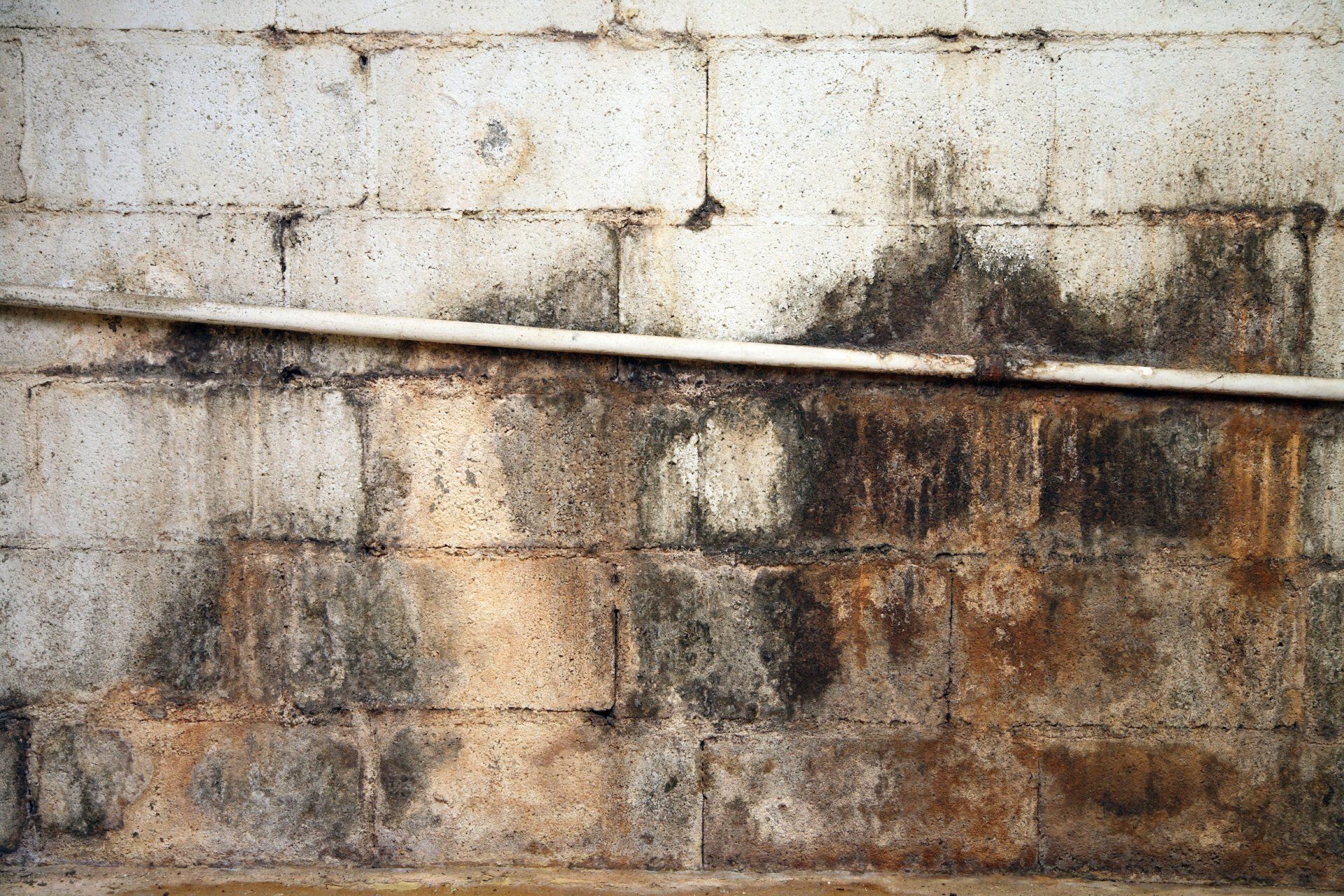5 Signs You Need Professional Mold Remediation ASAP
Mold is more than just an unsightly annoyance; it's a potential health hazard that can have serious implications for you and your loved ones. When mold takes root in your home, early detection and professional intervention are critical to mitigate its harmful effects. Unfortunately, many people underestimate the urgency of the situation and delay seeking professional help by contacting mold remediation companies in CT. This article aims to change that by outlining five key signs that indicate an immediate need for professional mold remediation. Whether it's mysterious health symptoms, visible mold patches, or lingering musty odors, these signs should never be ignored. Keep reading to discover the warning signals that require your prompt attention.
Sign 1: Unexplained Health Symptoms

One of the earliest and most insidious signs that you may need professional mold remediation is the onset of unexplained health symptoms. Mold spores can become airborne and easily inhaled, leading to a range of health issues that might initially be dismissed or attributed to other factors. These symptoms can include but are not limited to:
- Persistent cough or wheezing
- Irritation in the eyes, throat, or skin
- Allergic reactions like sneezing and runny nose
- Frequent headaches or migraines
- Unexplained fatigue
If you or any members of your household are experiencing these symptoms without a clear reason (like a cold, flu, or known allergies), it's a red flag that should not be ignored. Particularly vulnerable individuals, such as children, the elderly, and those with pre-existing health conditions, may experience even more severe symptoms.
Unexplained health symptoms are not just a call for medical attention but also an urgent reminder to inspect your home for mold. If these symptoms are accompanied by any of the other signs discussed in this article, immediate professional mold remediation becomes a necessity.
Sign 2: Visible Mold Growth
When mold makes itself visible, it's often a glaring sign that you have a more extensive problem on your hands. Contrary to common belief, mold doesn't only come in the familiar shade of green. It can appear in a variety of colors, including black, white, orange, pink, or even purple. The texture can also vary from fuzzy to slimy, making it even more difficult to identify without a trained eye.
Varieties of Mold Appearances:
- Color: Black, green, white, orange, pink, purple
- Texture: Fuzzy, slimy, velvety, powdery
In a home environment, mold loves to grow in places that are humid and have poor ventilation. Typical hotspots for mold growth include:
- Bathrooms, especially shower corners and beneath sinks
- Basements or crawl spaces
- Around windows and window sills
- Near leaky pipes or appliances
- Attics with poor ventilation
- Under carpets or wallpaper
What makes visible mold growth a severe cause for concern is that what you see is often just the tip of the iceberg. Mold has a way of growing in hidden places—behind walls, under floors, and above ceilings. By the time it becomes visible, it's likely that a much larger colony exists out of sight. This hidden mold can be even more dangerous, as it's harder to detect and can lead to significant structural damage over time.
Seeing any form of visible mold in your home is a clear indicator that professional remediation is needed as soon as possible. Don't be tempted to scrub away only the visible part; you may be inadvertently releasing mold spores into the air and aggravating the problem. The safest course of action is to contact a mold remediation expert to assess the full extent of the issue and advise on the best methods for complete removal.
Sign 3: Persistent Musty Odor
Another telltale sign that you might need immediate professional mold remediation is a persistent musty odor in your home. Mold emits microbial volatile organic compounds (MVOCs) as it grows, which produce a distinct earthy, musty smell. This smell is not only unpleasant but also serves as a red flag indicating the presence of mold, even if you can't see it.
The key word here is "persistent." While it's not uncommon for homes to have occasional odd smells—perhaps from cooking, pets, or other temporary factors—a continuous musty smell that doesn't dissipate is a warning sign that shouldn't be ignored. The persistence of the smell is often indicative of an ongoing mold issue that needs to be addressed. If you're frequently noticing a musty odor in certain areas of your home, particularly in places prone to humidity like bathrooms, basements, or attics, it's time to investigate further.
Sign 4: Recent Water Damage

If you've recently experienced water damage in your home due to flooding, leaks, or other issues, you're at a significantly higher risk for mold growth. Mold spores thrive in damp, humid environments, making water-damaged areas perfect breeding grounds for this unwelcome guest.
The Link Between Water Damage and Mold
Water damage can often be more than just a structural issue; it's usually a precursor to mold infestation. Mold spores are omnipresent, but they need the right conditions to grow—namely, moisture and a food source like drywall, wood, or even certain types of insulation. When you experience water damage, these conditions are almost invariably met, making it essential to act quickly to avoid mold growth.
Act Quickly to Mitigate Risks
Time is of the essence when you're dealing with water damage. Mold can begin to grow as quickly as 24 to 48 hours after water exposure. Even if you've managed to dry out the visible water, residual moisture can remain in walls, ceilings, and floors—places you can't easily access or see. This is why it's crucial to engage a professional for thorough moisture assessment and mold remediation if needed.
If you've recently experienced water damage, it's highly recommended to:
- Dry the affected areas: Use fans, dehumidifiers, and other drying methods immediately.
- Remove damaged materials: Carpets, furniture, and other porous materials may need to be discarded if they can't be adequately dried.
- Inspect hidden areas: Check behind walls, under floors, and in other hard-to-see places for signs of water damage or mold.
- Call professionals: Due to the risk of mold, it's advisable to consult with experts for a thorough assessment and potential remediation.
Ignoring water damage or inadequately addressing it can have severe consequences, not just for your home's structure but also for your health. If you've experienced water damage, especially in parts of the home prone to moisture like basements or bathrooms, don't delay in getting a professional mold inspection and remediation service involved.
Sign 5: High Indoor Humidity Levels
High indoor humidity levels are another significant indicator that your home may be at risk for mold growth. Mold thrives in moist conditions, and a humid environment provides the ideal backdrop for mold spores to settle and multiply. Even if you haven't yet noticed visible signs of mold or a musty odor, elevated humidity levels can be a precursor to future issues.
How Humidity Contributes to Mold Growth
High humidity levels in the home offer the moisture that mold spores need to grow. Combined with a food source like drywall, wood, or fabric, these conditions become a breeding ground for mold. Humid conditions can occur for various reasons—lack of proper ventilation, the climate you live in, or frequent activities that produce moisture like cooking or showering. Regardless of the reason, it's crucial to keep indoor humidity levels in check to prevent mold growth.
Measuring Indoor Humidity Levels
Several tools can help you measure indoor humidity. The most straightforward is a hygrometer, which can be purchased at any home improvement store. You can also invest in smart home devices that monitor humidity along with other factors like temperature and air quality. Ideally, indoor humidity levels should be kept between 30-50%. Consistently higher levels could be conducive to mold growth and should be addressed.
Concerning Levels:
- Above 60%: High risk for mold growth
- 50-60%: Moderate risk, consider taking preventative action
- 30-50%: Optimal level for preventing mold
If you find your home's humidity levels consistently elevated, consider taking measures such as using a dehumidifier, improving ventilation, and seeking professional advice.
Why Professional Remediation Is Essential
While the allure of solving household problems through do-it-yourself methods can be strong, mold is one issue where professional intervention is often crucial. Understanding why DIY approaches usually fall short can save you time, money, and safeguard your health.
Limitations of DIY Methods
Many people resort to DIY methods like using vinegar, bleach, or other home remedies to tackle visible mold. While these methods may temporarily remove the surface mold, they often fail to address the root cause of the problem: excess moisture and hidden mold growth. Mold spores can be microscopic and may remain in the air or hidden behind walls or under floors. DIY treatments are generally superficial and lack the equipment and techniques necessary for complete eradication.
Benefits of Professional Remediation
Hiring professionals for mold remediation in CT or mold remediation in MA comes with several advantages:
- Comprehensive Assessment: Professionals use advanced tools to identify both visible and hidden mold. This includes moisture meters and thermal imaging, which most homeowners don't have access to.
- Expertise: Experienced technicians can accurately identify the type of mold and choose the most effective remediation methods.
- Safety: Professionals adhere to strict safety guidelines, using specialized equipment like HEPA vacuums and air scrubbers, to ensure that mold spores do not spread during the removal process.
- Guaranteed Results: Most professional services will offer a guarantee, ensuring that if mold returns within a specified period, they will deal with it at no additional cost.
Final Thoughts: Why Swift Action and Professional Help Are Key to Mold Remediation
Mold is a silent invader that can wreak havoc on both your home and your health. Recognizing the early signs can make a significant difference in addressing the problem before it spirals out of control. To recap, the five red flags signaling the need for immediate professional mold remediation are:
- Health Symptoms: Allergic reactions and respiratory issues that persist over time.
- Visible Mold Growth: Distinctive colors and textures on walls, ceilings, or other surfaces.
- Persistent Musty Odor: A continual musty smell that doesn't dissipate.
- Recent Water Damage: A high-risk precursor for mold infestation.
- High Indoor Humidity Levels: Consistently elevated levels creating a breeding ground for mold.
Ignoring any of these signs puts your property and well-being at risk. The importance of acting quickly can't be emphasized enough; mold can spread rapidly, affecting larger areas and potentially causing serious health concerns.
Professional remediation is the most reliable way to handle a mold problem. It provides a comprehensive solution, from diagnosis to removal and prevention, ensuring that the mold is thoroughly eradicated. The expertise, specialized equipment, and safety measures that professionals bring to the table are unparalleled compared to DIY methods.
Don't let mold get the upper hand. If you notice any of these warning signs, taking swift action by bringing in a professional mold remediation service is the most effective and safest course of action.
Take Action Now for a Mold-Free Home
Don't let mold jeopardize the integrity of your home and your health. If you're experiencing any of the above signs, it's time to take immediate action. Contact us at Advanced Basement Waterproofing for a thorough mold inspection and professional remediation services. With years of expertise in the field, we are your trusted partners in ensuring a safe and mold-free living environment. Contact us today at (413) 536-8023 or request a free online quote.


